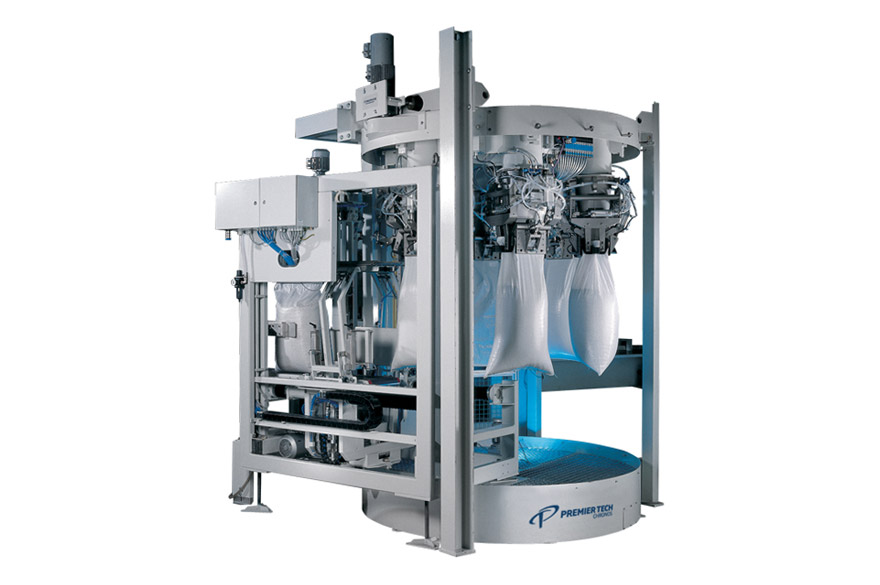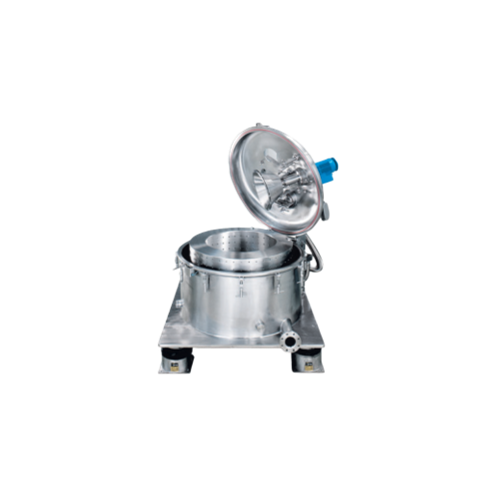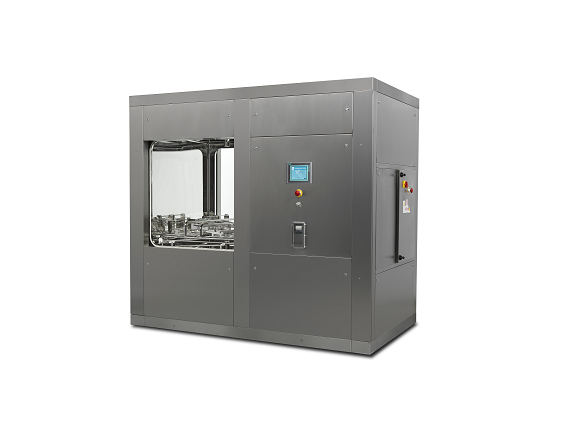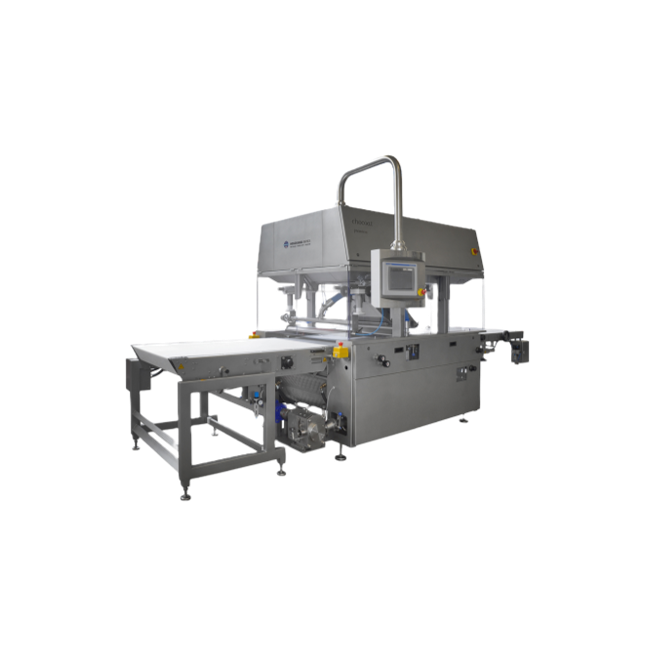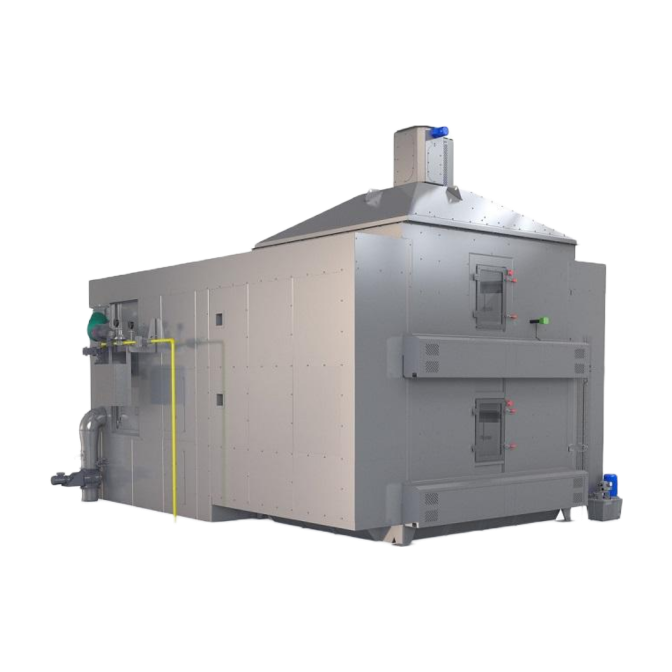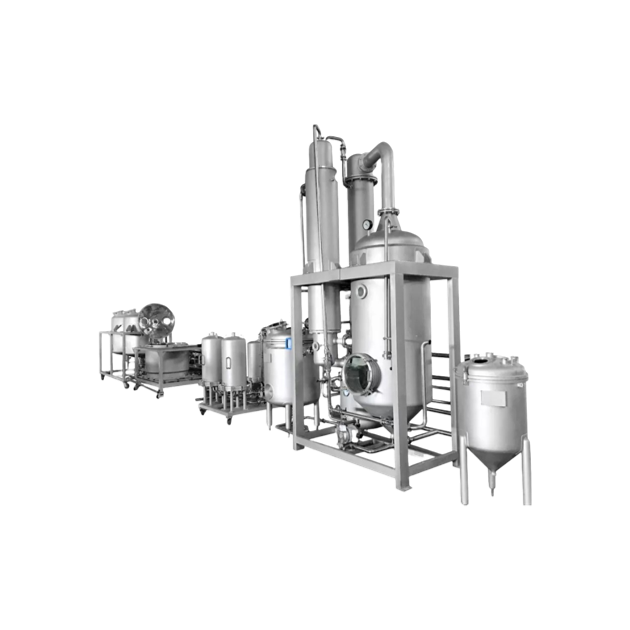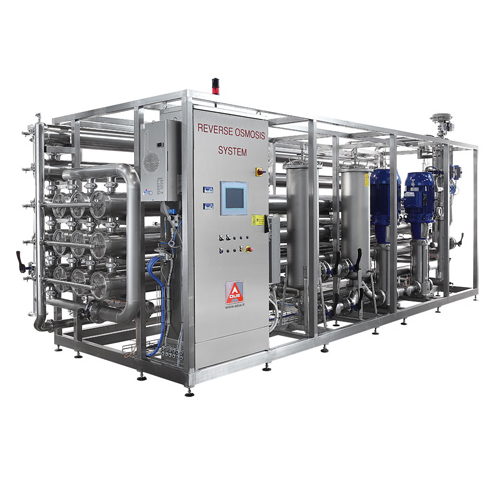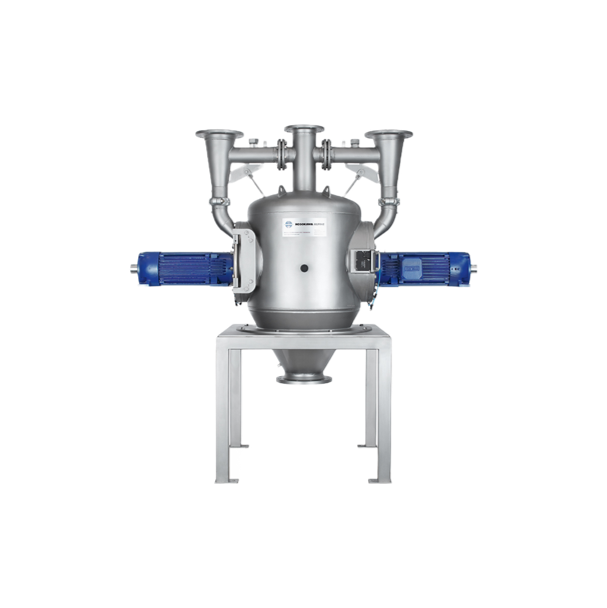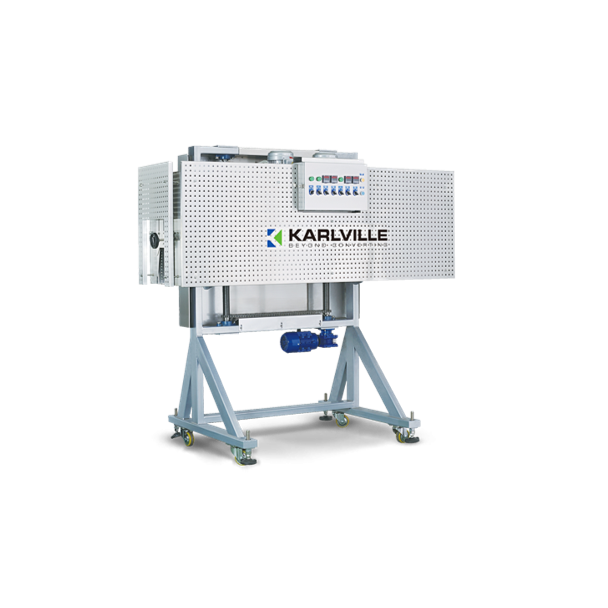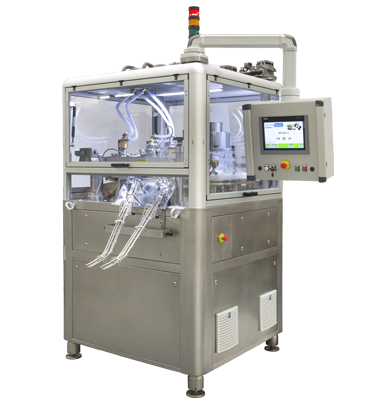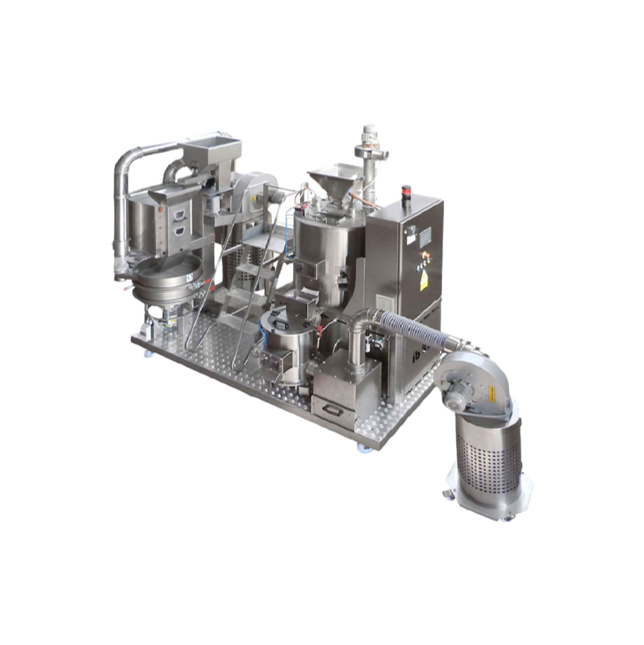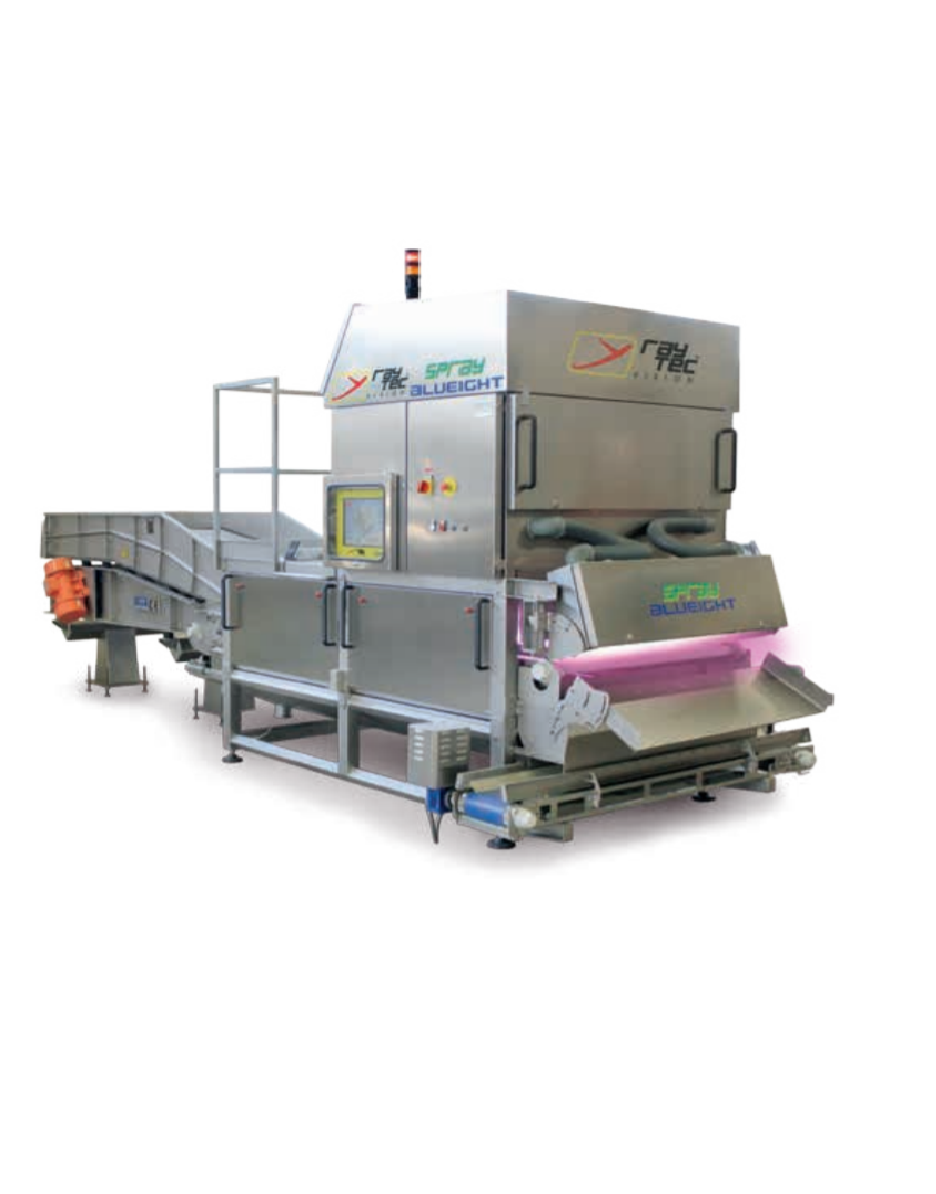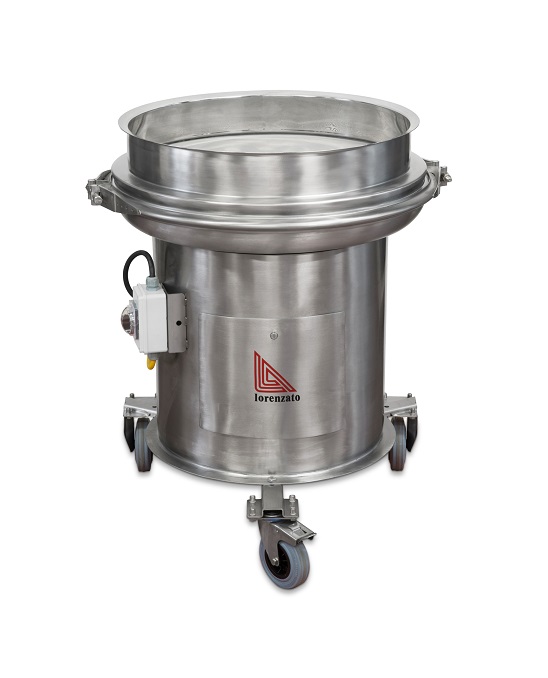
Making Sunflower Seeds
Find innovative production technology for making sunflower seeds and connect directly with world-leading specialists
The classification of sunflower seeds changes according to the pattern of its shell or hull. If the shell is solid black, it is an oilseed sunflower. With these, you produce sunflower oil. If the shell is striped, it is a non-oil sunflower seed or confectionery sunflower seed. These usually become snack food products. Whether to make them as snacks or oil, processing sunflower seeds include steps like drying, screening and cleaning, grading, roasting and de-hulling, flavoring, grinding, pressing, refining, and packing.
Stories about sunflower seeds
Tell us about your production challenge
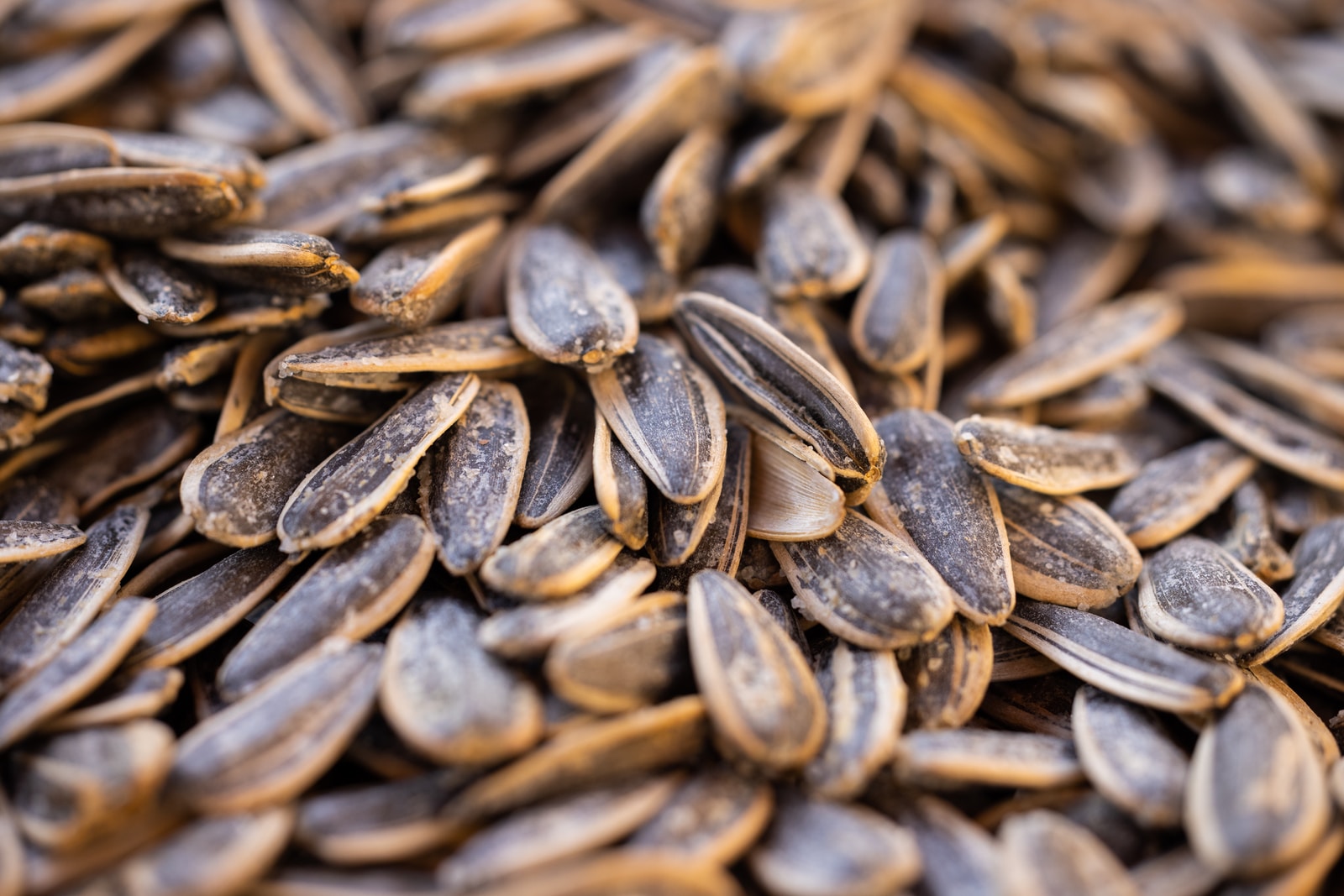
From bird feed to human snacks: uses of sunflower seeds
Sunflower seeds are one of many types of seeds used in food and feed production. In a typical production setup, you divide non-oil sunflower seeds into three categories according to size. Large seeds (in-shell) are roasted, salted, and packed for human consumption as snacks. Medium-sized seeds are de-hulled and packed for human consumption as well, mainly for the baking industry as an ingredient or garnish. The small seeds become feed for birds. A seed sizing machine will be of great help to size them according.
The first commercial use of sunflower seeds in North America was animal feed for poultries. Demand for sunflower oil is increasing due to its health benefits, and the seed also has nutrients and medicinal uses.
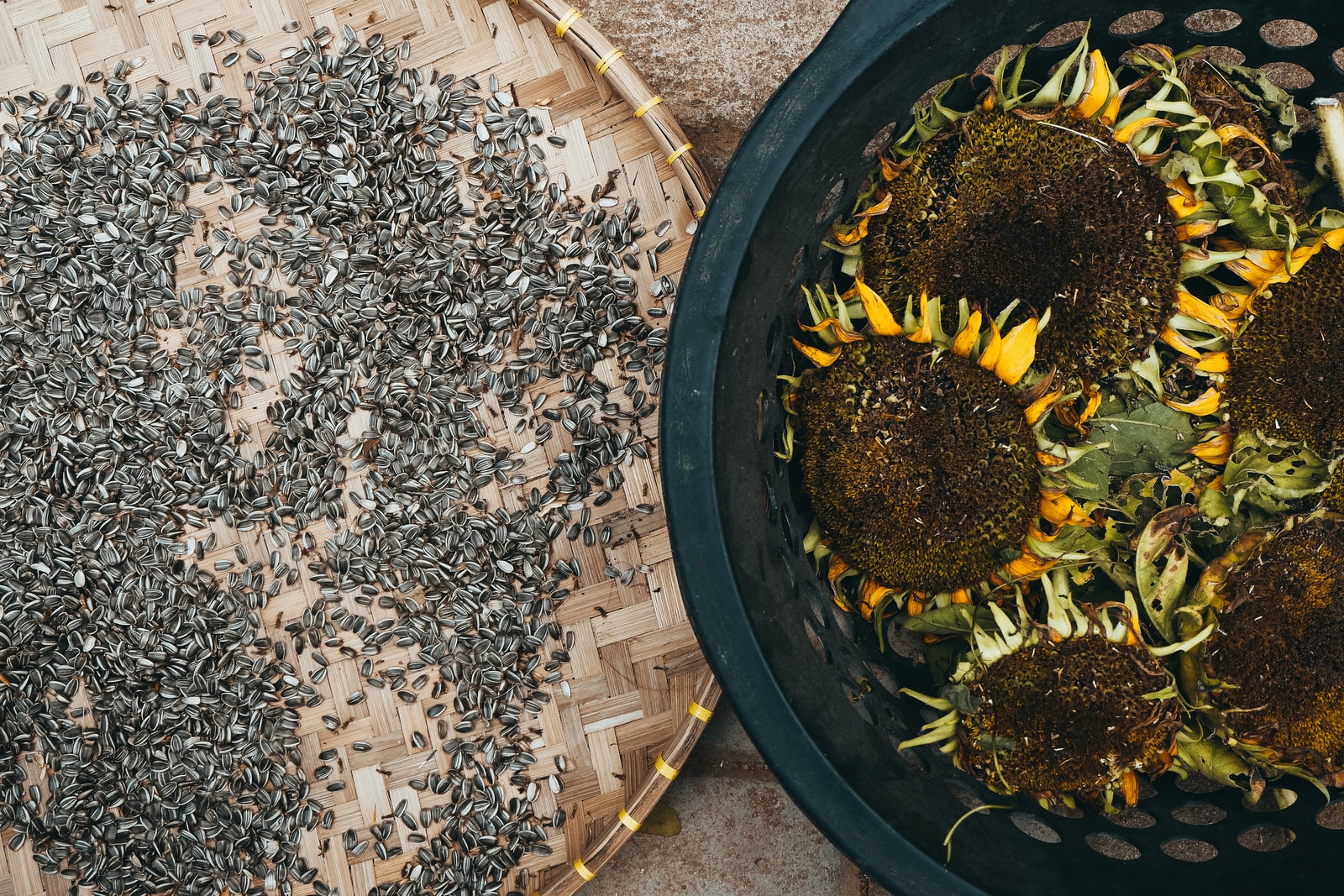
How to start processing sunflower seeds
The sunflower seeds process begins with drying the seeds using a dryer or sun-drying. After reaching a moisture content of under 10%, you move the seeds to wire screens to remove dirt. Then you transfer them to a large bin for further cleaning. Once this is over, grade the seeds according to their sizes: large seeds go to a large oven that will roast them; medium-size ones go to de-hulling machines to remove the shells before roasting in oil. You can apply flavoring and send them for weighing and packing.
Solid and liquid: sunflower seeds for oil production
Sunflower oil is the largest market segment for sunflower seeds. To extract it, you can use two different methods: cold press and hot press or refined sunflower oil. To start with, the seeds usually undergo cleaning, de-hulling, and grinding processes. For the cold press method, you press the seeds mechanically to extract the oil. Then it undergoes filtration to remove impurities. This method produces sunflower oil that is used for low heat cooking, and skin and hair care products.
In the hot press method, you slightly heat the seeds before mechanically pressing them. This method extracts more oil than the cold press one, but the taste changes along with its chemical properties due to heat application.
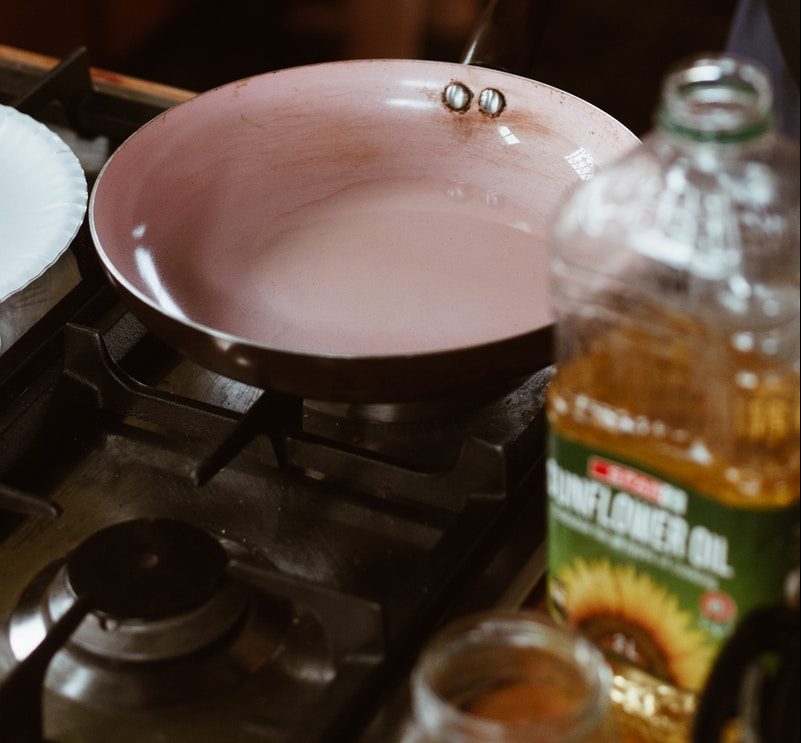
You can add a solvent, like hexane, to extract more oil out of the cake after pressing. Then you remove the solvent by boiling the oil using steam in a stripping column where it vaporizes. As it condenses, it is collected at the same time. Next step is to refine the oil by adding sodium hydroxide and then separating it using a centrifuge. The oil undergoes degumming and removal of wax by winterization process or cooling. Then put the oil in a bleacher pressure vessel and steam injection process to remove odors and give a clear or transparent color. Finally, measure the oil and pack it in containers. Refined sunflower oil is mainly used for high heat cooking as it is more stable in a wide temperature range.

Environmental impact of sunflower seeds
Growing sunflower plants for sunflower seed production is sustainable. The sunflower plants can be a source of food for birds and pollinators like bees, and can also help clean contaminated soil. The cake produced as a by-product in the oil extraction process can be used as livestock feeds, and the hulls can be used as animal beddings. Sunflower plants don’t need much fertilizer to grow and can even withstand drought.
Processing steps involved in sunflower seeds making
Which sunflower seeds technology do you need?
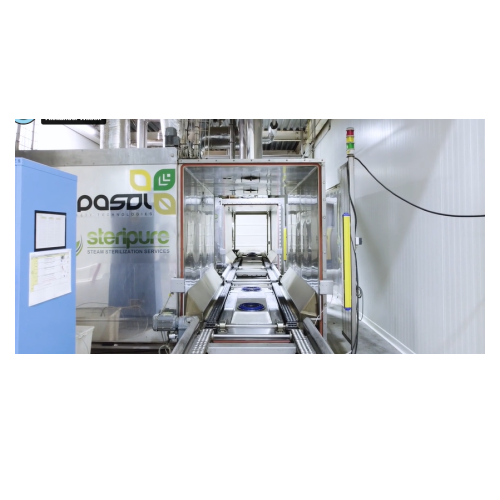
Roasting and pasteurization system for nuts and seeds
For producers of nuts and seeds, maintaining optimal quality during...
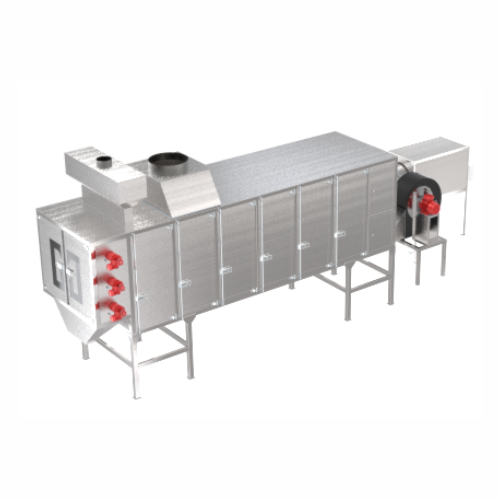
Horizontal roaster system for nuts and seeds
Achieving consistent and optimal roasting of nuts and seeds requires precise ...
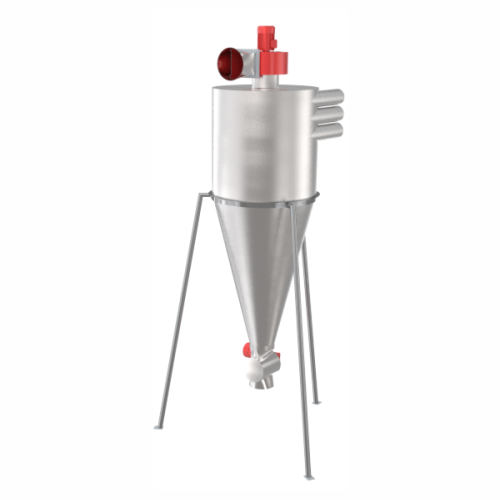
Aspiration system for nut processing
In nut processing operations, efficient removal of skins, dust, and lightweight partic...
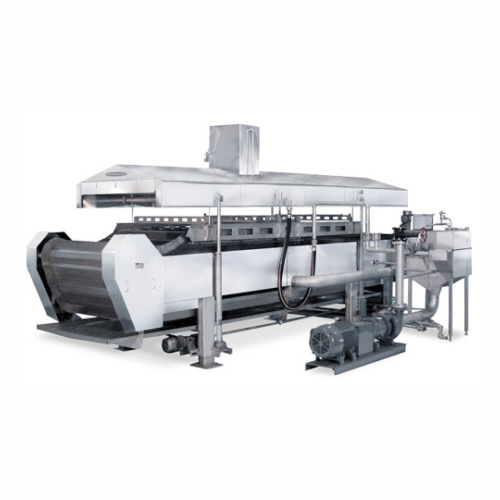
Nut roaster for consistent and high-capacity processing
Achieving consistent roasting and maintaining high quality in nut...
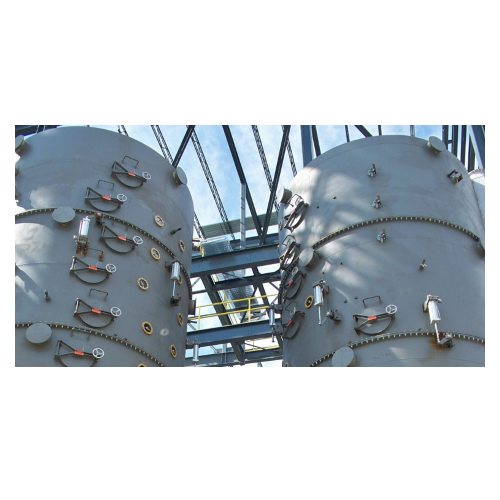
Oilseed cooker/conditioner for optimal seed preparation
In oilseed processing, ensuring seeds are adequately heated and m...
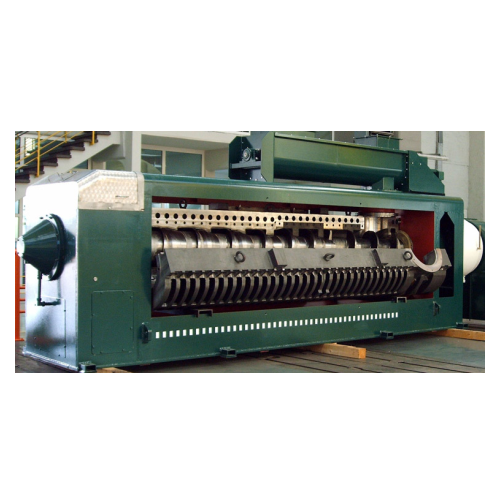
Oil presses for oilseed extraction
Oilseed processing industries often encounter the challenge of efficiently extracting oi...
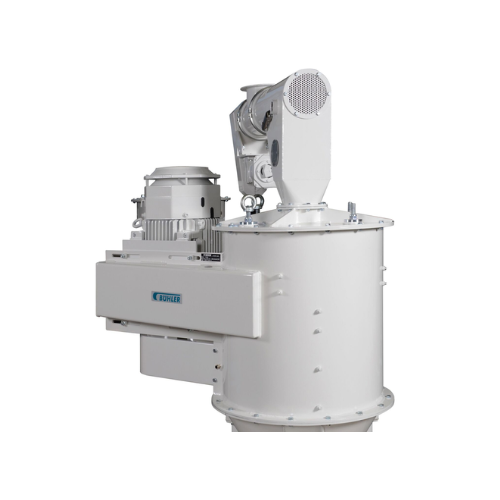
Impact dehuller for sunflower, soybean, and cottonseed
In oilseed processing plants, achieving efficient dehulling withou...
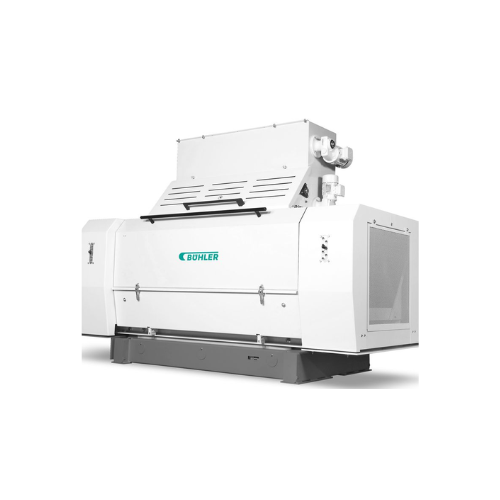
Oilseed flaking and milling system
In the preparation and handling of oilseeds, achieving uniform flaking is crucial. Chall...
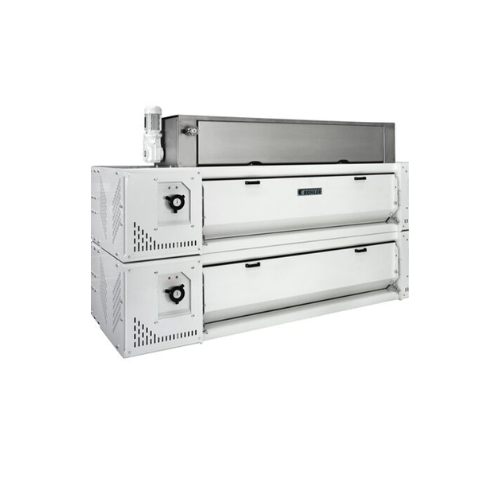
High-performance cracking mill for oilseeds
Processing oilseeds like soybeans, sunflower seeds, or rapeseed often requires...
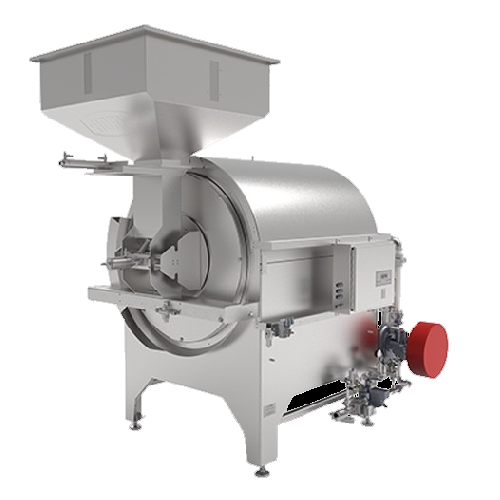
Batch roaster for nut processing
In the nut processing industry, achieving consistent and uniform roasting is crucial for ma...
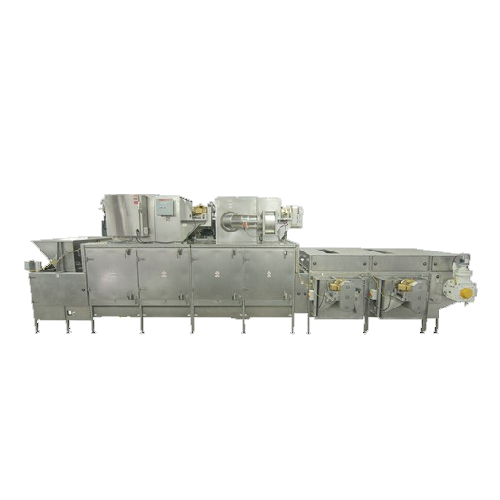
Continuous nut roaster for large-scale nut processing
When processing large quantities of nuts or seeds, achieving consis...
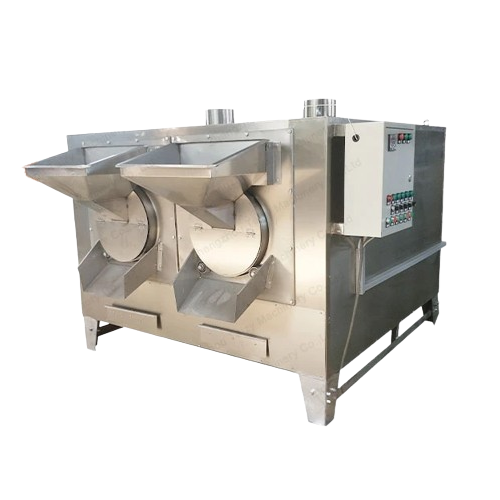
Peanut roaster for various nuts
In food processing, achieving consistent texture, flavor, and shelf life in nuts can be chal...
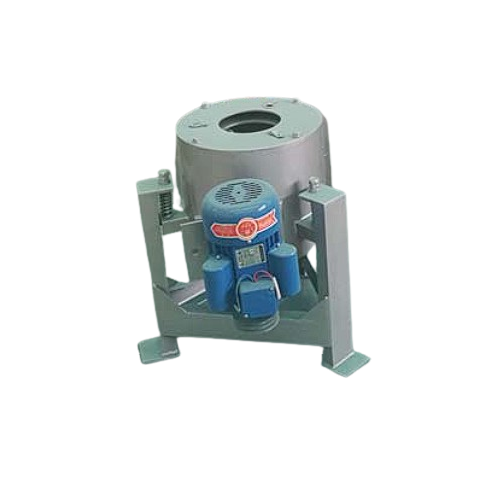
Centrifugal oil filter for removing oil impurities
In industrial oil production, achieving clean, impurity-free oil is a ...
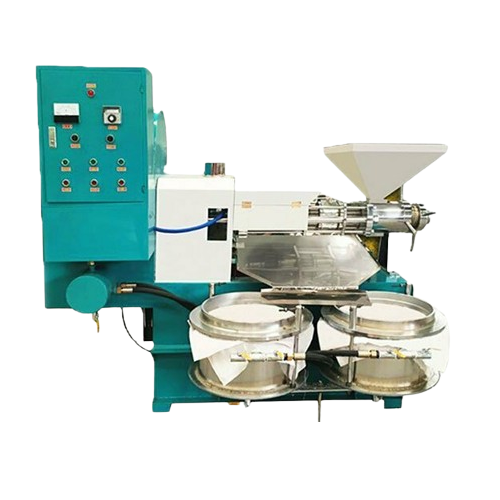
Screw oil press for edible oil extraction
In food processing industries, achieving high oil yield from various oil crops s...
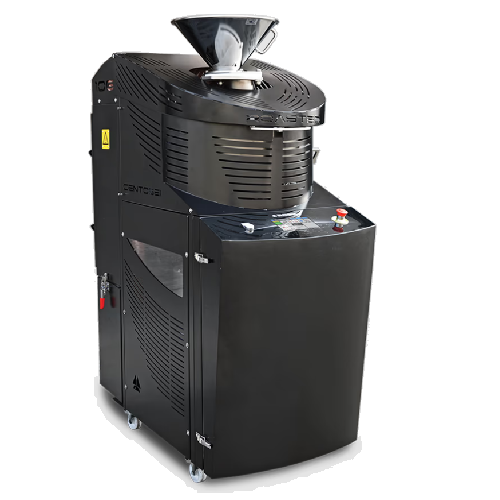
Coffee, dried nuts, and cocoa beans roaster
Managing the roasting of coffee, dried nuts, or cocoa beans requires precision...
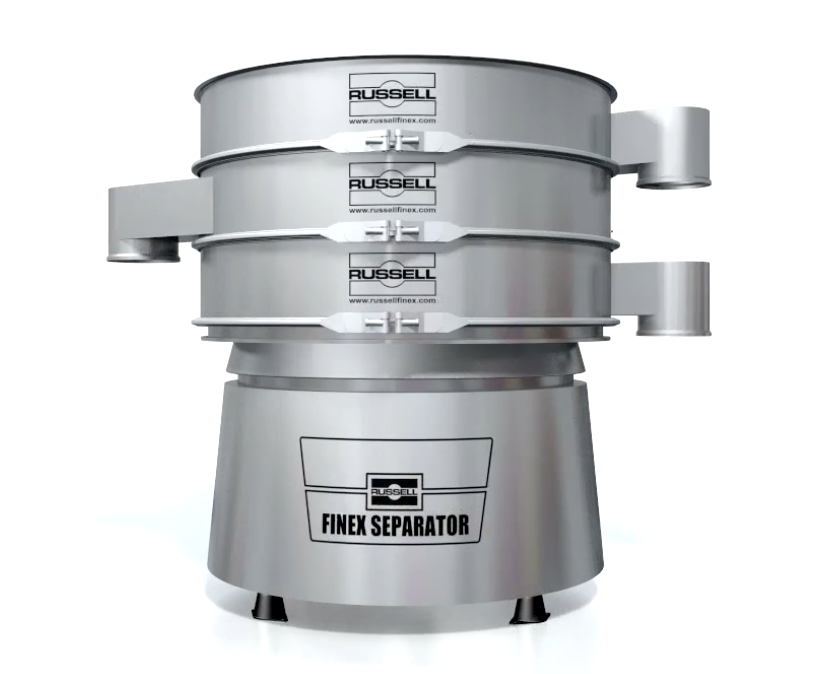
High capacity grading sieve
An industrial vibratory separator machine is multi-purpose, able to carry out a variety of diffe...

Simple valve sack packer
Sometimes in the packing process, product leaks out of the top of a bag that has just been filled. A...
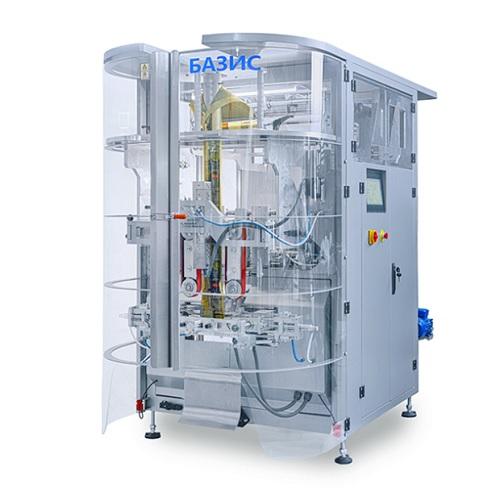
Pillow bag vertical packing machine
When packaging products such as seeds, cereal, snacks, candies, nuts, tea, dried fruits...
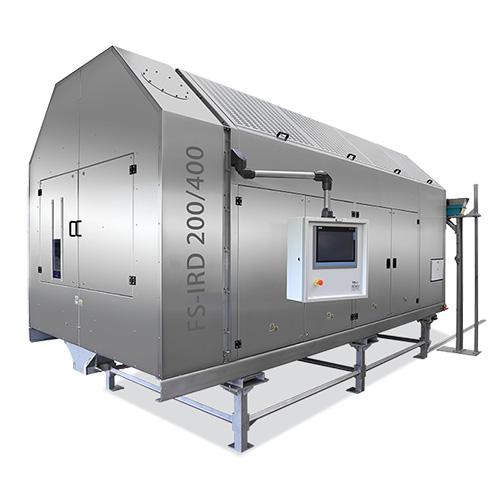
Infrared rotating drum dryer
Traditional drying methods are often slow and can actively damage ingredients, reducing the fin...
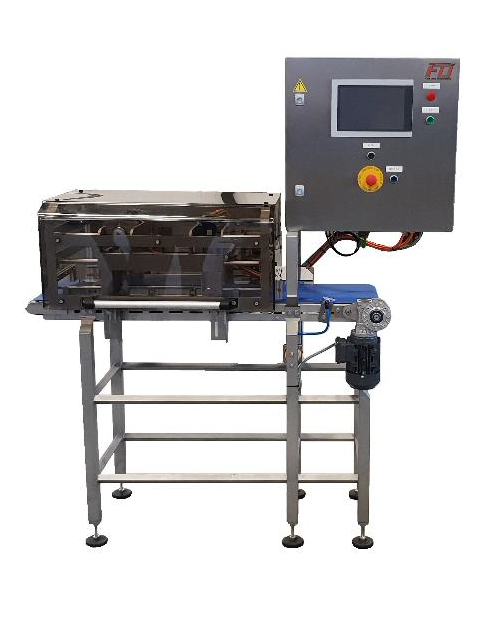
Entry-level high volume package seal tester
Manufactured food products need to be packed in gas-filled pouches to ensure t...
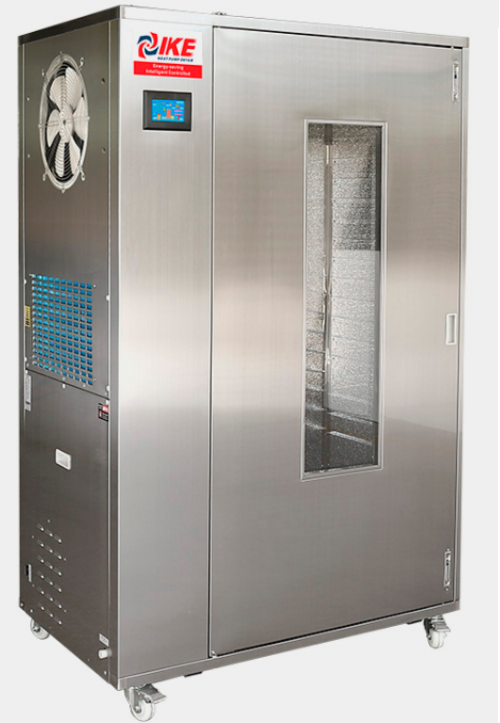
Industrial dehydration machine
Dried fruits are popular both as food in themselves and as ingredients. Traditional drying te...
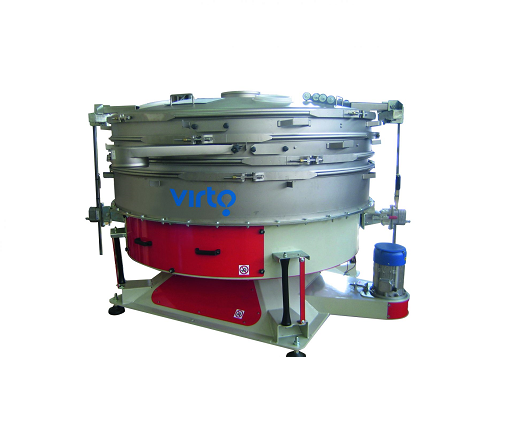
Tumbler sieve for classifying and dedusting granular materials
For the classification of delicate granular material, scr...
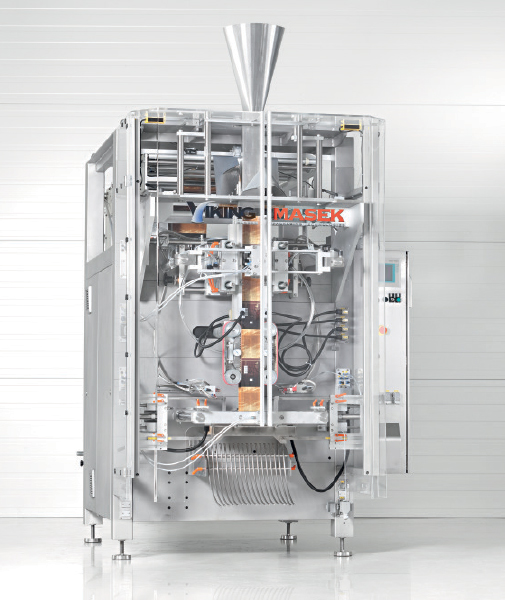
Bagger with servo driven jaw actuation
If you want to accommodate multiple bag designs and dimensions with fast speed and a...

